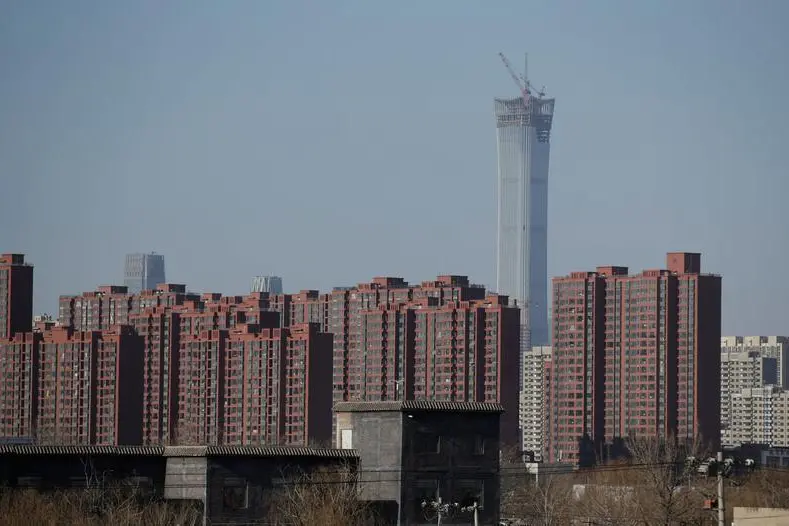PHOTO
HONG KONG - China’s too-big-to-fail rules are going the right way. Regulators published new guidelines on Tuesday for supervising key financial institutions. Of course, Beijing owns most big lenders, and failures are almost unheard of. But the very act of indicating who should be saved in a fire means others may be allowed to burn: that’s a step towards liberalising a nearly $40 trillion banking industry.
The latest framework will label several more Chinese banks, securities firms and insurers as “systemically important”, meaning they are so vital and connected that the collapse of just one could trigger a crisis. The Financial Stability Board, an international regulatory body, already deems Bank of China, Industrial and Commercial Bank of China and some others as critical on a global level. The blueprint unveiled this week will subject groups in the enlarged scope to tougher rules on capital requirements, leverage and so forth. They may qualify for a bailout in exchange.
At first blush, the rules seem an odd fit. The point is to identify the most important institutions, toughen scrutiny and thereby reduce the likelihood of failure, or to speed up a wind-down if they do trip up. It was a solution primarily to address the concerns of Western governments after the global financial crisis, when many were forced into expensive and unpopular bail-outs of private sector firms.
In China, however, there is no similar distinction between government and finance. The state owns the country’s largest lenders, as well as many insurers and securities firms. The last serious bank failure was about 20 years ago. Chinese investors have come to expect Beijing will step in as soon as troubles mount, suggesting almost every decent-sized institution is too big to fail.
But there is a more encouraging message here. Those not on the list will, in theory, be minor enough to fail. Beijing will probably rescue even smaller banks for some time to come, regardless of regulators’ catalogue. But officials are at least beginning to draw up limits – and that’s critical if they are to ever remove a costly implicit state guarantee for the entire sector. As U.S. and European capitals learned, better to sketch those lines early: it’s much harder to do in a crisis.
On Twitter https://twitter.com/cbeddor
CONTEXT NEWS
- Chinese financial regulators on Nov. 27 published a new framework for supervising the country’s systemically important, or “too big to fail”, financial institutions. Officials will shortlist groups accounting for at least 75 percent of total assets in their respective sectors, or at least 30 banks, 10 securities companies and 10 insurers. It is unclear when those details will be made public.
- The designated few will face tougher requirements on capital, leverage ratios and other forms of regulatory scrutiny, official statements said.
- For previous columns by the author, Reuters customers can click on BEDDOR/
- SIGN UP FOR BREAKINGVIEWS EMAIL ALERTS: http://bit.ly/BVsubscribe
(Editing by Clara Ferreira Marques and Katrina Hamlin) ((christopher.beddor@thomsonreuters.com; Reuters Messaging: christopher.beddor.thomsonreuters.com@reuters.net))












